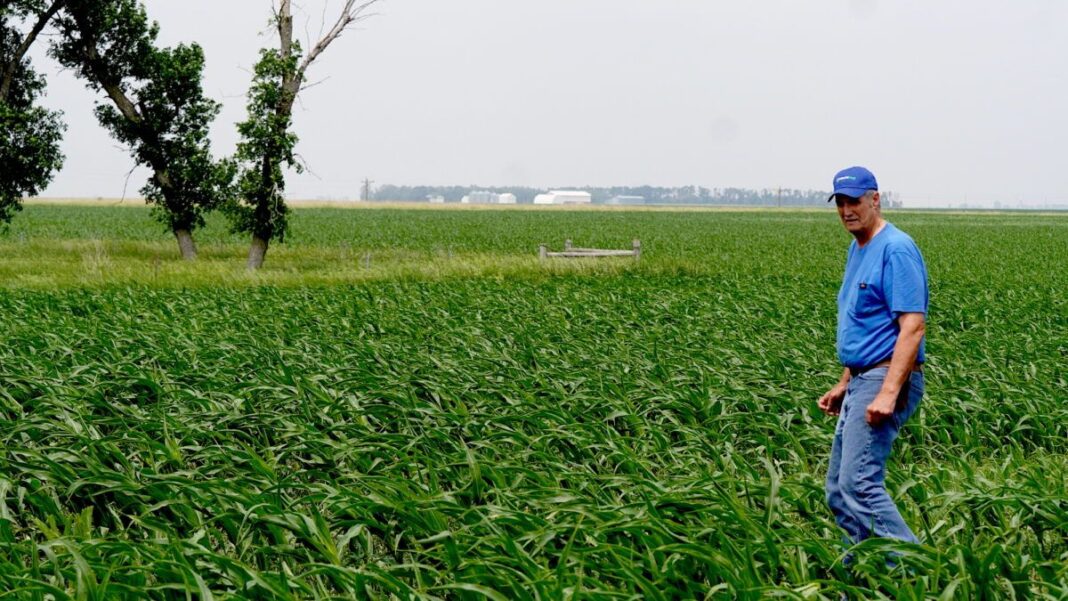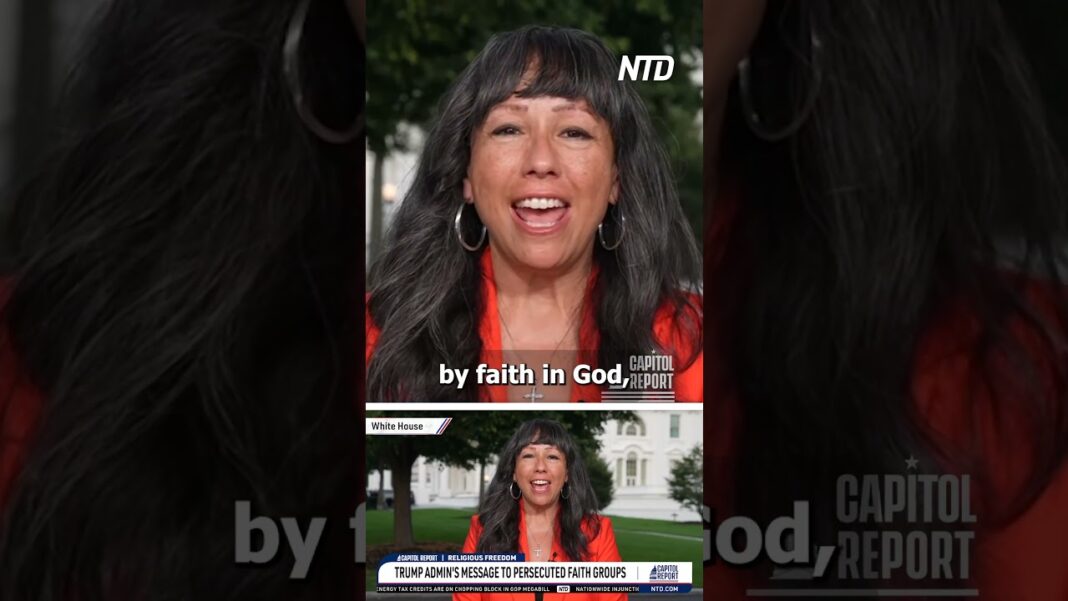Certain sectors in the U.S. economy have an outsized dependence on the illegal immigrant workforce.
President Donald Trump indicated on Thursday that he was open to allowing illegal immigrants who work on farms to continue with their work in order to prevent unnecessary disruptions to farming across the country.
During a speech given at the Iowa State Fairgrounds on July 3, Trump said he was working with the Department of Homeland Security to figure out a solution for alien farm workers.
“If a farmer is willing to vouch for these people in some way, Kristi, I think we’re going to have to just say that’s going to be good, right?” he said, referring to Homeland Security Secretary Kristi Noem.
Trump said the government does not want to take all workers off farms because, in many cases, some of the people have been working for more than a decade.
“We’re working on legislation right now,” Trump said, adding that alongside farmers, the government is also working with people who have hotels and leisure properties.
“We’re going to work with them and we’re going to work very strong and smart and we’re going to put you in charge. We’re going to make you responsible.”
Trump has taken a softer stance toward farm labor as the sector will be severely impacted by the strict implementation of immigration laws.
According to nonprofit health policy organization KFF, the number of noncitizen workers far outnumber U.S. citizens on farms.
In an analysis published in April, KFF said, 47 percent of agricultural workers in the country were noncitizens without work authorization; 18 percent were noncitizens with work authorization; and the rest, 34 percent, were U.S. citizens. A majority were Hispanic.
According to the American Business Immigration Coalition, 73 percent of U.S. farm workers are foreign-born. These workers, it says, are “critical” to the U.S. agricultural sector, which generates more than $400 billion annually.
A U.S. Department of Agriculture report updated last month said: “The share of hired crop farmworkers who were not legally authorized to work in the United States grew from roughly 14 percent in 1989–91 to almost 55 percent in 1999–2001; in recent years it has declined to about 40 percent.
“In 2020–22, 32 percent of crop farmworkers were U.S. born, 7 percent were immigrants who had obtained U.S. citizenship, 19 percent were other authorized immigrants (primarily permanent residents or green-card holders), and the remaining 42 percent held no work authorization. The share of workers who are U.S. born is highest in the Midwest, while the share who are unauthorized is highest in California.”








